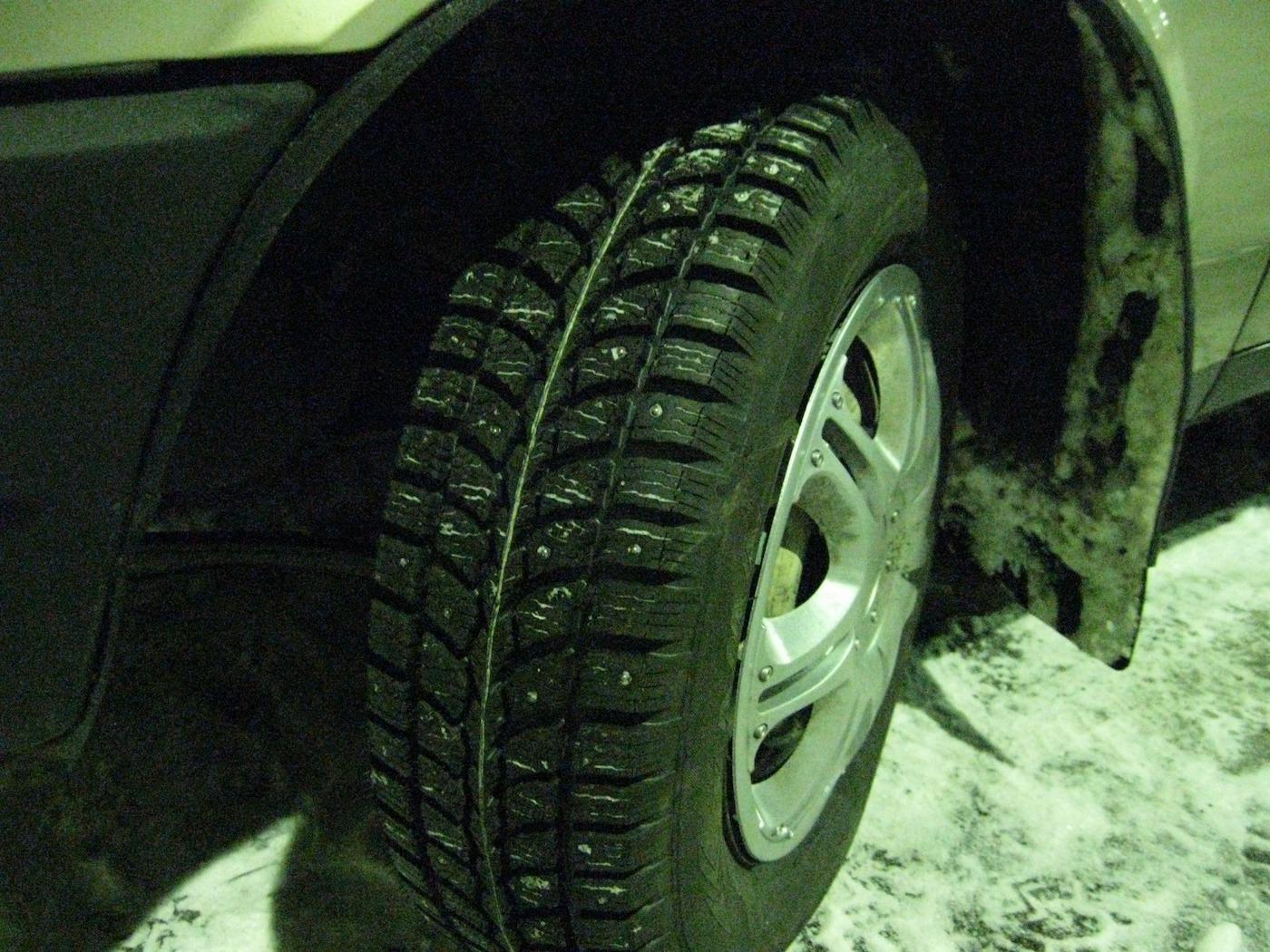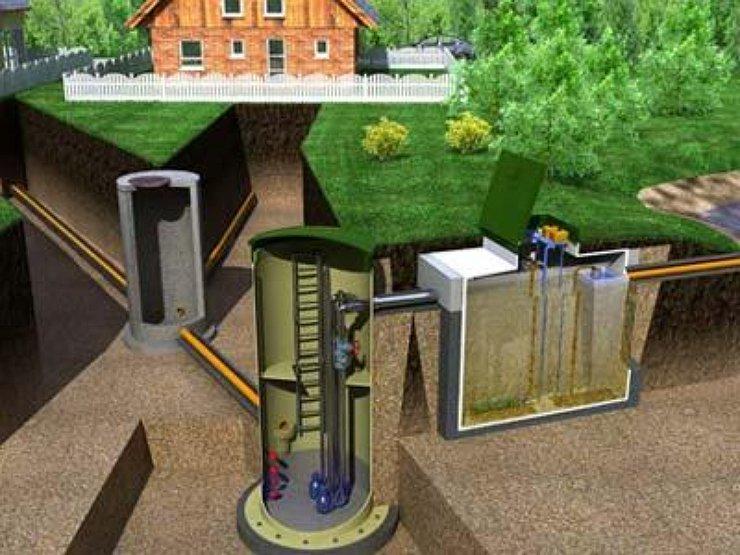
Road marking - its groups and types.
34.1
Horizontal marking
The horizontal lines are white. Blue color has the line 1.1, if it denotes parking areas allocated on the roadway. The yellow lines are 1.4, 1.10.1, 1.10.2, 1.17, and 1.2, if it indicates the borders of the lane for the movement of route vehicles. Red and white are the lines 1.14.3, 1.14.4, 1.14.5, 1.15. Orange lines have time lines.
Markup 1.25, 1.26, 1.27, 1.28 duplicates the images of characters.
Horizontal layout has the following meanings:
1.1 (narrow solid line) - Separates traffic flows in opposite directions and marks the boundaries of lanes on the roads; indicates the boundaries of the carriageway to which entry is prohibited; denotes the boundaries of the parking lots of vehicles, parking lots and the edge of the carriageway, not classified as motorways according to traffic conditions;
1.2 (wide solid line) - indicates the edge of the roadway on highways or the border of the lane for the movement of fixed-route vehicles. In places where other vehicles are allowed to enter the lane of route vehicles, this line may be intermittent;
1.3 - shares traffic flows in opposite directions on roads with four or more lanes;
1.4 - indicates places where stopping and parking of vehicles is prohibited. It is applied independently or in combination with the 3.34 sign and is applied at the edge of the carriageway or at the top of the curb;
1.5 - shares traffic flows in opposite directions on roads with two or three lanes; indicates the boundaries of lanes in the presence of two or more lanes intended for movement in one direction;
1.6 (the line of approximation is a broken line in which the strokes are three times longer than the gaps between them) - warns of approaching a marking 1.1 or 1.11, which separates traffic flows of opposite or passing directions;
1.7 (dashed line with short strokes and equal intervals) - indicates lanes within the intersection;
1.8 (wide dashed line) - indicates the border between the transitional-speed acceleration or deceleration lane and the main lane of the carriageway (at intersections, intersections at different levels, in the area of bus stops, etc.);
1.9 - indicates the boundaries of the lanes on which the reverse regulation is carried out; separates traffic flows in opposite directions (when reverse traffic lights are off) on roads where reverse regulation is carried out;
1.10.1 и 1.10.2 - indicate places where parking is prohibited. It is applied alone or in combination with sign 3.35 and applied at the edge of the carriageway or along the top of the curb;
1.11 - Separates traffic flows of opposite or passing directions on road sections where re-building is allowed from only one lane; Designates places intended for a turn, entry and exit from parking areas, etc., where traffic is allowed only in one direction;
1.12 (stop line) - indicates the place where the driver must stop in the presence of sign 2.2 or when a traffic light or an authorized official prohibits movement;
1.13 - indicates the place where the driver must, if necessary, stop and give way to vehicles moving along a crossed road;
1.14.1 ("zebra") - indicates an unregulated pedestrian crossing;
1.14.2 - indicates a pedestrian crossing, the movement of which is regulated by a traffic light;
1.14.3 - indicates an unregulated pedestrian crossing with an increased risk of traffic accidents;
1.14.4 - unregulated pedestrian crossing. Indicates the location of the blind pedestrian crossing;
1.14.5 - a pedestrian crossing, the movement of which is regulated by a traffic light. Indicates the location of the blind pedestrian crossing;
1.15 - indicates the place where the bike path crosses the roadway;
1.16.1, 1.16.2, 1.16.3 - denotes guide islands in places of separation, branching or merging of traffic flows;
1.16.4 - indicates islands of safety;
1.17 - indicates stops of fixed-route vehicles and taxis;
1.18 - shows the directions of movement in lanes allowed at the intersection. Used alone or in combination with signs 5.16, 5.18. Markings with the image of a dead end are applied to indicate that turning onto the nearest carriageway is prohibited; markings that allow turning to the left from the leftmost lane also permit a U-turn;
1.19 - warns of approaching a narrowing of the carriageway (a section where the number of traffic lanes in a given direction decreases) or to a 1.1 or 1.11 marking line dividing traffic flows in opposite directions. In the first case, it can be used in combination with signs 1.5.1, 1.5.2, 1.5.3.
1.20 - warns of approaching the markup 1.13;
1.21 (the inscription "STOP") - warns about approaching markings 1.12, if it is used in combination with sign 2.2.
1.22 - warns of approaching the place where the device is installed to reduce the speed of vehicles;
1.23 - shows the numbers of the road (route);
1.24 - indicates a lane intended for the movement of fixed-route vehicles only;
1.25 - duplicates the image of sign 1.32 "Pedestrian crossing";
1.26 - duplicates the image of the sign 1.39 "Other danger (emergency hazardous area)";
1.27 - duplicates the image of the sign 3.29 "Maximum speed limit";
1.28 - duplicates the image of the sign 5.38 "Parking lot";
1.29 - indicates a path for cyclists;
1.30 - indicates the parking lots of vehicles that transport persons with disabilities or on which the recognition sign “Driver with disabilities” is installed;
It is forbidden to cross lines 1.1 and 1.3. If line 1.1 indicates a parking place, a parking area or the edge of the carriageway adjacent to the curb, this line is allowed to cross.
As an exception, subject to road safety, it is allowed to cross line 1.1 to bypass to bypass a fixed obstacle, the dimensions of which do not allow its safe detour without crossing this line, as well as overtaking single vehicles traveling at a speed of less than 30 km / h .
Line 1.2 is allowed to cross in the event of a forced stop, if this line indicates the edge of the carriageway adjacent to the curb.
Lines 1.5, 1.6, 1.7, 1.8 are allowed to cross from either side.
On the road section between the reversing traffic lights, line 1.9 is allowed to cross if it is located to the right of the driver.
When the green signals are turned on in reverse traffic lights, line 1.9 is allowed to cross from either side if it separates the lanes in which traffic is allowed in one direction. When turning off the reverse traffic lights, the driver should immediately change lanes to the right beyond the marking line 1.9.
Line 1.9, located on the left, is prohibited to cross when reverse traffic lights are turned off. Line 1.11 is allowed to be crossed only from the side of its intermittent part, and from the solid side - only after overtaking or bypassing the obstacle.
34.2
Vertical stripes are black and white. Red and white stripes have 2.3. Yellow has a line of 2.7.
Vertical marking
Vertical marking means:
2.1 - end parts of artificial structures (parapets, lighting poles, overpasses, etc.);
2.2 - the lower edge of the artificial structure;
2.3 - the vertical surfaces of the boards, which are installed under the signs 4.7, 4.8, 4.9, or the initial or final elements of road barriers. The lower edge of the lane markings indicates the side from which you must avoid the obstacle;
2.4 - guide posts;
2.5 - lateral surfaces of road fences on round-offs of small radius, steep descents, other dangerous sections;
2.6 - borders of the guide island and the safety island;
2.7 - borders in places where parking of vehicles is prohibited.
Questions and answers:
What does black and white curb markings mean? Place of stopping / parking exclusively for public transport, stopping / parking is prohibited, place of stopping / parking before the railway crossing.
What does the blue lane mean on the road? A solid blue stripe indicates the location of a parking area located on the carriageway. A similar orange stripe indicates a temporary change in traffic order on the road section being repaired.
What does a solid lane at the side of a road mean? On the right, this lane indicates the edge of the carriageway (motorway) or the border for the movement of a route vehicle. This line can be crossed for a forced stop if it is the edge of the road.

